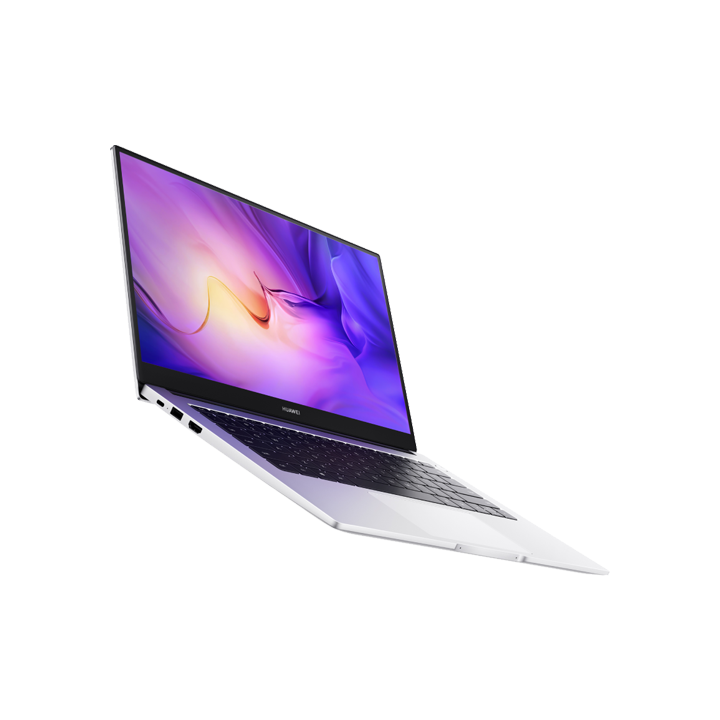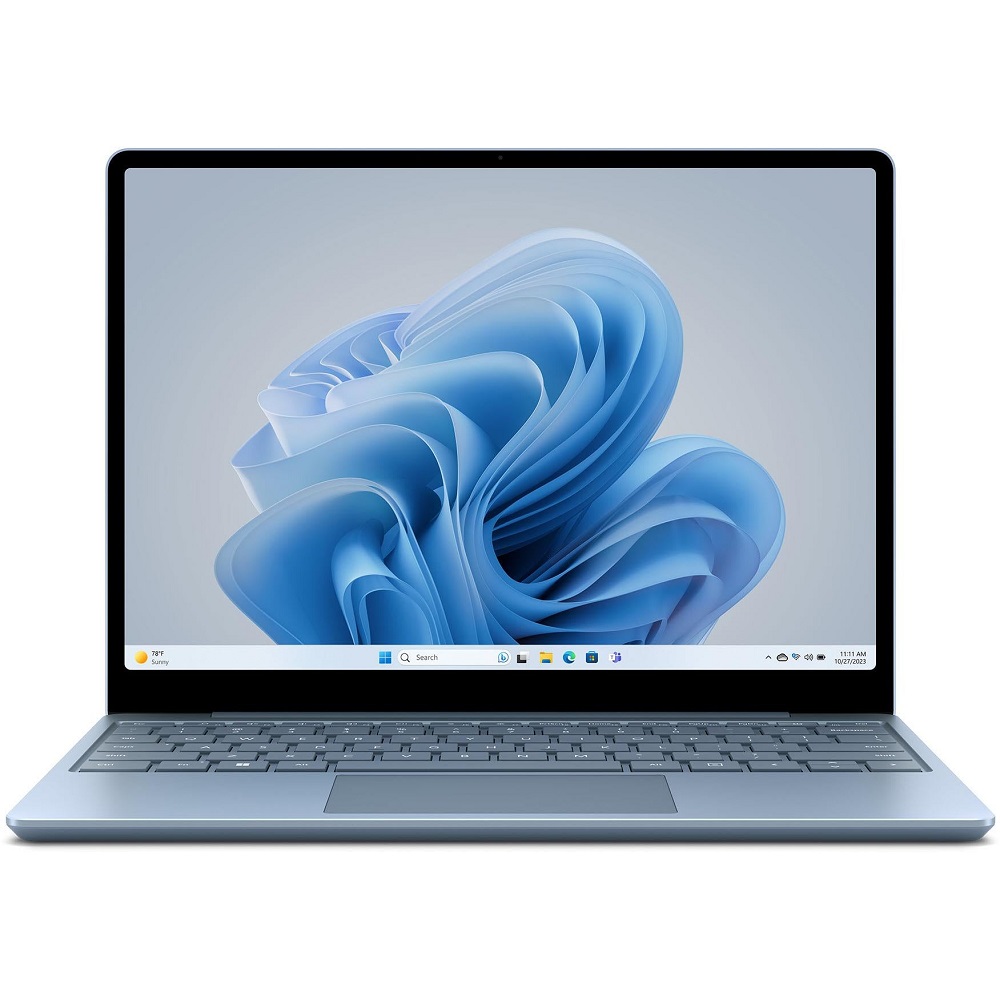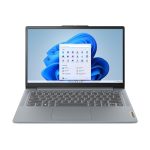Laptops have become essential tools for work, school, and entertainment. However, persistent overheating can lead to significant performance issues, sudden shutdowns, and long-term damage to your device. Cooling down your laptop not only helps maintain its optimal performance but also extends its lifespan. This guide explores effective methods and strategies to keep your laptop cool, ensuring it runs smoothly and efficiently, even during extended use.
Understanding Laptop Overheating
Causes of Overheating
Before diving into cooling methods, it’s crucial to understand what causes laptops to overheat in the first place. Several factors contribute to excessive heat in laptops. Dust accumulation inside the vents and fans can block airflow, leading to inadequate cooling. Additionally, prolonged usage of resource-intensive applications, such as video editing software and games, generates more heat than usual. Poor ventilation from using laptops on soft surfaces like beds or couches can further exacerbate heat issues. Understanding these causes empowers users to take preventive measures.
Signs of Overheating
Recognizing the signs of overheating can help you take immediate action before it causes irreversible damage. Common symptoms include increased fan noise, system performance lags, and unexpected shutdowns. You may also notice the laptop’s surface becomes excessively hot to the touch, especially around the vents. If you see warning messages about high temperatures, it’s a sign to cool down your laptop quickly. Being aware of these signs allows you to act faster and avoid potential harm to your device.

Improve Airflow
Keep Vents Clear
Proper airflow is essential for keeping your laptop cool. A significant portion of heat dissipation occurs through the vents, so maintaining a clear path for airflow is vital. Start by inspecting your laptop’s vents and ensuring they are free of dust and debris. You can use a can of compressed air to carefully blow out dust, especially in hard-to-reach areas. Take care when cleaning your laptop; use short bursts and maintain a safe distance from the components to avoid damage.
Use on Hard Surfaces
Another way to improve airflow is by ensuring your laptop is used on a hard, flat surface. Using a laptop on soft surfaces, like beds or couches, can obstruct the vents and restrict airflow. This restricts the cooling system’s ability to pull in cool air and expel hot air effectively. Opt for solid surfaces like desks or tables, and make it a habit to position your laptop properly. Establishing this routine can significantly enhance cooling performance.
Manage the Environment
Control Room Temperature
A hot environment can impact your laptop’s ability to stay cool. When the room temperature rises, the cooling system has to work harder to maintain an acceptable operating temperature. If possible, use your laptop in a cooler room or an air-conditioned environment during peak heat. When working outside, try to find shaded areas to prevent overheating. Simple adjustments in your surroundings can effectively reduce overall heat buildup in your laptop.
Use Cooling Pads
Cooling pads are an excellent investment for laptop users concerned about overheating. These pads typically feature built-in fans that provide additional airflow to the bottom of your laptop. Simply place your laptop on the cooling pad when in use; the fans draw heat away from the device, helping to maintain lower temperatures. Look for cooling pads with adjustable fan speeds and ergonomic designs that add comfort during extended use. With various options available, finding a cooling pad that fits your laptop size and budget is quite easy.

Optimize Laptop Settings
Close Unnecessary Applications
Many users unknowingly leave multiple applications open, leading to excess CPU usage and overheating. To help your laptop cool down, routinely close any unnecessary programs running in the background. Check your task manager to identify resource-hogging applications that consume CPU and memory. Closing these applications reduces the workload on your laptop’s processor, ultimately decreasing heat generation. Make this a habit, particularly during demanding tasks, to keep performance and temperatures in check.
Adjust Power Settings
Optimizing power settings is another effective way to manage heat. Laptops often come with several power plans that allow users to adjust performance and energy consumption. By switching to a balanced or power-saving mode, you can limit the CPU’s performance under less demanding tasks, thereby reducing heat production. Many operating systems, like Windows, provide options for customizing power settings to meet your preferences. Adjusting these settings can prolong battery life and keep temperatures under control during use.
Maintain Hardware Integrity
Regular Internal Cleaning
Maintaining your laptop’s internal components is essential in preventing overheating. Dust accumulation inside your laptop can significantly impede airflow and cooling efficiency. Set a regular cleaning schedule to open your laptop (if you’re comfortable doing so) and remove dust and debris from components, particularly around fans and heatsinks. Alternatively, you can take your laptop to a professional for cleaning and maintenance if you’re unsure about doing it yourself.
Upgrade Thermal Paste
Thermal paste helps facilitate heat transfer between the CPU or GPU and the heatsink. Over time, thermal paste can dry out and lose effectiveness, leading to inadequate cooling. If you know how to remove your laptop’s heatsinks, consider applying fresh thermal paste to help improve thermal conductivity. This maintenance task can lower temperatures significantly, especially during resource-heavy tasks. Seek guidance from tutorials specific to your laptop brand and model to ensure you perform this service correctly.
Monitor Temperatures Regularly
Use Temperature Monitoring Software
Keeping track of your laptop’s temperature can help you identify overheating issues before they become critical. Several monitoring software options, like HWMonitor, Core Temp, or HWiNFO, allow you to check real-time temperatures of various components. Set your parameters and receive notifications when your laptop reaches concerning temperatures. Knowing your laptop’s operating limits is beneficial for preventing thermal damage, especially during long gaming or video editing sessions.
Set Alerts for Overheating
Using monitoring software, you can also set alerts to notify you when your laptop’s temperature exceeds a predefined limit. This feature prompts immediate action, allowing you to shut down demanding applications or take a break before any damage occurs. Regularly checking your laptop’s temperature can help you identify trends and establish usage patterns that contribute to overheating.

Know When to Seek Professional Help
Signs You Need Professional Support
While many cooling methods are straightforward, specific signs may indicate that your laptop requires professional attention. If overheating persists even after attempting various cooling strategies, it may signal a serious underlying issue, such as a failing fan or damaged internal components. Other signs include consistently loud fan noises, unexpected shutdowns under moderate use, or thermal throttling, where your laptop automatically reduces performance to mitigate heat.
Finding the Right Service Center
When seeking professional help, look for reputable service centers specializing in laptop repairs or maintenance. Read reviews and ask for recommendations from friends or online communities to find trustworthy technicians. A skilled professional can conduct a thorough assessment, detecting hardware issues, replacing damaged components, and providing effective solutions to ensure your laptop runs efficiently. Involving experts may require some investment, but it can significantly extend the lifespan of your device.
Conclusion
Maintaining optimal temperatures for your laptop is crucial for performance and longevity. By understanding the causes of overheating and implementing efficient cooling methods, you can significantly enhance your laptop’s lifespan. Simple adjustments, such as improving airflow, utilizing cooling pads, and managing settings can all contribute to a cooler operating environment. Moreover, regular maintenance and monitoring of temperatures create a proactive approach toward laptop care.
Prioritize these cooling strategies to protect your investment and enjoy a smoother and more effective computing experience. When in doubt, don’t hesitate to request help from professionals for more complex issues. With a little effort, you can beat the heat, keeping your laptop running cool without compromise.


